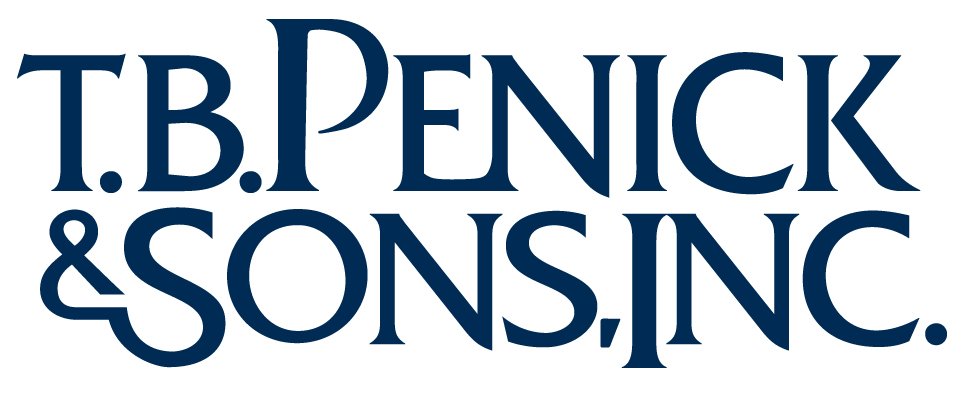Breaking down the basics of integrating Expansion Joint Cover Solutions with Base Isolated Technologies
The San Andreas Fault is always stealing the limelight. Rightfully so considering it’s one of the largest faults in the world at roughly 800 miles in length, passing through our beautiful Golden State of California. Not to be ignored is the Rose Canyon Fault which runs through the heart of San Diego, along with a few others that traverse throughout our County.
It is certainly not a news flash that we are living in a Seismic Zone. As architects and engineers that practice in this region, you are subject to designing a built environment which accounts for Seismic Performance Criteria on a daily basis.
Technical and mind-numbing as it may seem, there’s a small yet vibrant group of folks who are passionate about providing Expansion Joint Cover solutions to “bridge the gap.” Partnering with MM Systems, established in 1960, Architectural Resources offers a vast array of tailored technology solutions for the most complex seismic designs. Identifying the multi-directional movement a structure must withstand (X, Y, Z-axes and combinations thereof) are just a few of the fundamentals we work through to establish the best solutions to be utilized for each distinctive project.
One of the most unique and sophisticated approaches to reducing the risk of destruction due to seismic activity is the utilization of base-isolated technology. Base Isolators improve a structure’s ability to endure an earthquake by acting like shock absorbers for buildings in seismic zones. Most base-isolation designs have the isolators in the basement or below grade level. Below-grade isolators create the need for a “moat” around the building so movement is unimpeded at ground level when the structure moves. Moat joint widths can vary from say 24” wide to the monster 60” wide moats which MM Systems is engineering for the Los Angeles County Museum of Art (LACMA) project.
Isolators de-couple the building from the earth and dissipate energy so the building moves less severely during a seismic event than if bolted directly to the earth. The example above shows base isolators attached to the ground with a structural slab sitting on top of the isolators. During an earthquake, the isolator dampens the motion “felt” by the slab and building above. The isolators can move in any direction (think cube of Jell-O being shaken) based on the ground movement. The one shown above is just one of several types of base isolation technology utilized today.
This base isolation technology is certainly trending here in California and in many other parts of the world, enhancing the safety of our buildings and the people inside of them. Hospitals, Logistics and Communications Centers are first to mind when we think of resilient design; however, the unique advantage that this technology affords when it comes to seismic design will soon bring it to the forefront of non-emergency structures alike. One of the largest base isolated buildings in the world is Apple Park, in Cupertino California. As implementation of this technology continues to rise, understanding moat joint technology will be a key factor in overall project design. Let us “bridge the gap.”
On the LACMA project, 100% movement must be accommodated; resulting in a movement criteria which requires the moat joints to open up from 60” to 120” and close to near zero. A 10’-0” maximum joint opening is almost unheard of.
Some of MM’s Moat Joint covers are plate type and others are concrete-filled pan-type. The pan type is often a preferrable solution because they look like a sidewalk after the concrete is poured. Performance comes first with aesthetics a close second. The example shown below is from a project called LAC+USC Medical Center, which MM Systems completed a number of years ago.
Pan-type Moat Prior to Shipping
Pan-type Moat After Installation and Field-applied Concrete Infill
Typically, the wider the moat gap, the more likely a pan-type solution is utilized. Imagine a plate configuration if the cover had to be 120” wide x 60” long. For spans that large, the plate thickness would have to exceed 1” for just pedestrian loads. In a hospital environment, moats are often designed to carry ambulance loading, reducing the likelihood of even sourcing raw material wide and thick enough to accommodate. Not to mention, fabrication and transportation would be impractical, and installation would prove to be extremely challenging.
From the most basic applications to the most complex conditions, Architectural Resources and MM Systems are here to help you design the right solution to suit your unique application.
Regional Contact
Architectural Resources
Jamie Benson
Mobile: (858) 750-0639
Email: jamie@arch-resources.com
Resources and Further Reading:
Base Isolated Technology in Action
MM Systems discovered a video (link below) that a passer-by happened to film during one of the recent mega-earthquakes in Turkey. The building was a new hospital that is base-isolated. This building does not have moat joints (the isolators are above grade, so no moats were needed). That said, the video is a rare opportunity to see a base-isolated building in real-life seismic movement. If you watch closely, you can see and hear the building moving.
https://youtube.com/shorts/XPpzX75iOzk?feature=share
To see the engineering behind MM’s Moat Joints, watch the Seismic video at the link below, particularly around 4 minutes and 51 seconds into the video. If you are interested in other seismic systems, please enjoy the entire video.
https://vimeo.com/mmsystems/seismiclink
In related news, LACMA has a great article that dives into the base-isolated design for their new David Geffen Galleries, elaborating on the processes and procedures involved in bringing this type of design to fruition: https://unframed.lacma.org/2022/02/16/earthquakes-sliders-and-art
Authors:
Mike Schureman, President of MM Systems
Jamie Benson, Architectural Resources





























